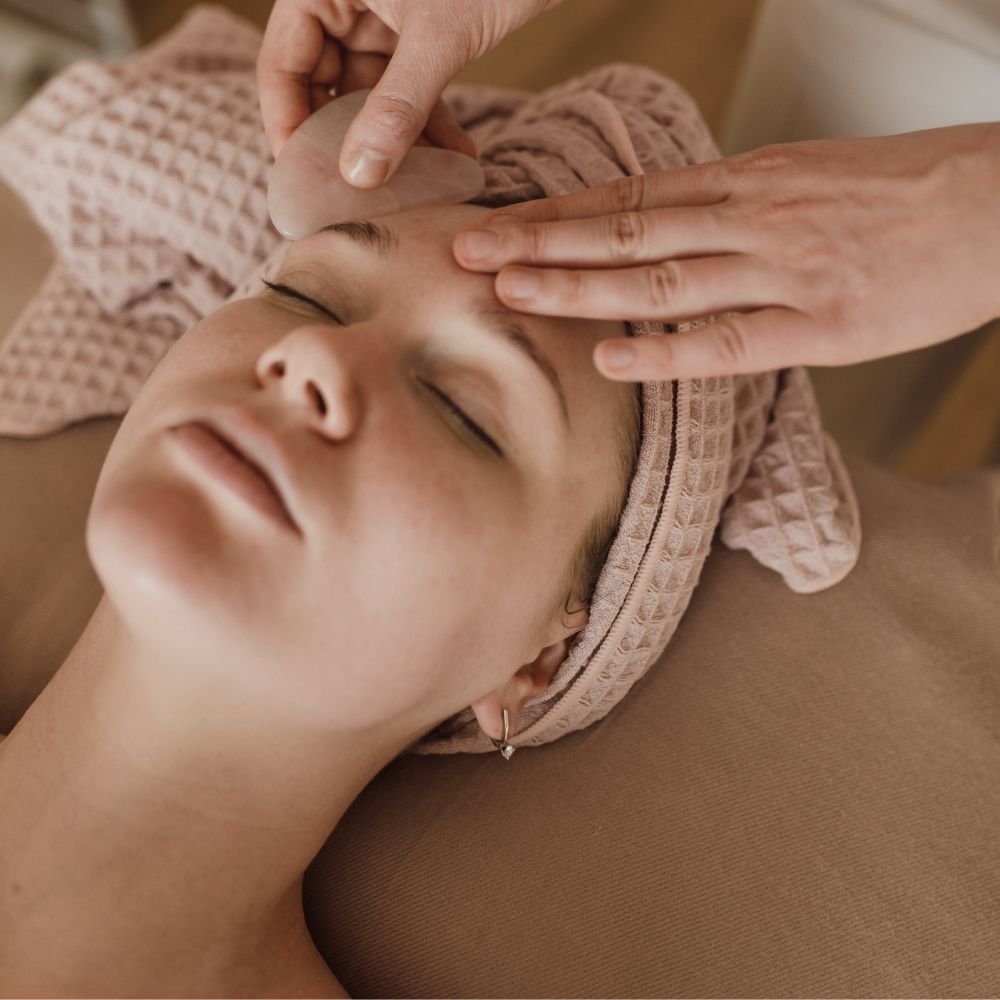What is an Aesthetician? Your Complete Guide to Aesthetic Treatments in the UK
The world of aesthetic treatments has expanded dramatically over the past decade, with more people than ever seeking professional skincare and cosmetic procedures. At the heart of this growing industry are aestheticians – healthcare professionals who specialise in improving skin health and appearance through various non-surgical treatments. But what exactly does an aesthetician do, and how do you choose the right practitioner for your needs?
Understanding the Role of an Aesthetician
An aesthetician, also known as an aesthetic practitioner, is a trained professional who performs cosmetic treatments designed to enhance skin appearance and address various skin concerns. Unlike cosmetic surgeons who perform surgical procedures, aestheticians focus on non-invasive and minimally invasive treatments that can improve skin texture, reduce signs of ageing, and address specific skin conditions.
In the UK, the aesthetic industry is largely unregulated, which makes it crucial to understand the difference between qualified practitioners and those with minimal training. Reputable aestheticians typically have medical backgrounds – they may be doctors, nurses, dentists, or other healthcare professionals who have undertaken additional training in aesthetic procedures. Some may also be qualified beauticians who have pursued advanced aesthetic qualifications.

Services Offered by Aestheticians
Do you know what is an aesthetician and the services they offer? Here is a summary of some of the treatments they provide.
Injectable Treatments
Anti-wrinkle injections, commonly using botulinum toxin (Botox), are among the most popular aesthetic treatments. These injections temporarily relax facial muscles to reduce the appearance of wrinkles and fine lines, particularly around the eyes, forehead, and mouth. Prices typically range from £150-£400 per area, depending on the practitioner’s experience and location.
Dermal fillers represent another major category of injectable treatments. These gel-like substances, usually containing hyaluronic acid, are injected to restore volume, smooth wrinkles, and enhance facial features such as lips and cheeks. Filler treatments generally cost between £200-£600 per syringe, with some areas requiring multiple syringes for optimal results.
Skin Resurfacing Treatments
Chemical peels involve applying acidic solutions to remove damaged skin layers, revealing fresher, smoother skin underneath. Light peels might cost £80-£150, whilst medium to deep peels can range from £200-£500, depending on the type and extent of treatment.
Microneedling, also known as collagen induction therapy, uses tiny needles to create controlled micro-injuries in the skin, stimulating natural collagen production. Sessions typically cost £150-£300, with a course of treatments usually recommended for optimal results.
Laser and IPL (Intense Pulsed Light) treatments address various skin concerns including hair removal, pigmentation, rosacea, and skin tightening. Prices vary widely depending on the treatment area and technology used, ranging from £100-£500 per session.
Advanced Skincare Treatments
HydraFacials combine cleansing, exfoliation, extraction, and hydration in a single treatment, typically costing £100-£200 per session. These treatments are suitable for most skin types and require no downtime.
Radiofrequency treatments use energy to heat deeper skin layers, promoting collagen production and skin tightening. Sessions usually cost £200-£400, with multiple treatments typically required.
Body Contouring and Fat Reduction
Non-surgical fat reduction treatments such as CoolSculpting (cryolipolysis) use controlled cooling to eliminate fat cells. Prices start from around £600 per treatment area, with larger areas requiring multiple sessions.
Ultrasound body contouring treatments use focused ultrasound energy to target fat layers, with sessions typically costing £300-£800 depending on the area treated.
Choosing the Right Aesthetician
Qualifications and Training
The most important factor when choosing an aesthetician is their professional background and training. Look for practitioners who are registered healthcare professionals with relevant medical qualifications. Doctors, nurses, and dentists who have undertaken additional aesthetic training generally provide the highest level of safety and expertise.
Ask about their specific training in the procedures you’re considering. Reputable practitioners will be transparent about their qualifications and happy to discuss their experience and training background.
Registration and Insurance
Ensure your chosen practitioner is registered with relevant professional bodies. Medical practitioners should be registered with the General Medical Council (GMC), nurses with the Nursing and Midwifery Council (NMC), and dentists with the General Dental Council (GDC).
Verify that they have appropriate professional indemnity insurance covering the treatments they provide. This protection is crucial should anything go wrong during or after treatment.
Clinic Standards and Facilities
Visit the clinic before booking treatment to assess cleanliness, professionalism, and overall standards. The clinic should maintain high hygiene standards, use sterile equipment, and have appropriate emergency protocols in place.
Check that the clinic uses genuine, licensed products from reputable manufacturers. Be wary of practitioners offering significantly cheaper treatments, as they may be using inferior or counterfeit products.
Consultation Process
A thorough consultation should always precede any aesthetic treatment. During this appointment, the practitioner should assess your skin, discuss your concerns and goals, explain suitable treatment options, and provide realistic expectations about results.
They should also discuss potential risks and side effects, aftercare requirements, and any contraindications that might make you unsuitable for certain treatments. If a practitioner rushes this process or pressures you to book immediately, consider this a red flag.
Reviews and Recommendations
Research online reviews and ask for before-and-after photos of previous patients (with consent). Personal recommendations from friends or family who have had successful treatments can be valuable, but remember that results can vary between individuals.
Pricing Considerations
Aesthetic treatment prices in the UK vary significantly based on location, practitioner experience, clinic reputation, and the specific treatments offered. London and other major cities typically command higher prices than smaller towns or rural areas.
Whilst cost is naturally a consideration, it shouldn’t be the primary factor in your decision. Extremely cheap treatments often indicate corner-cutting in terms of product quality, practitioner experience, or safety standards. Remember that you’re investing in your appearance and health – choosing a qualified, experienced practitioner is worth the additional cost.
Many clinics offer package deals for multiple treatments or courses of treatment, which can provide better value than individual sessions. However, avoid being pressured into purchasing expensive packages during your initial consultation.
What to Expect
Most aesthetic treatments require little to no downtime, though this varies depending on the specific procedure. Your practitioner should provide detailed aftercare instructions and be available for follow-up questions or concerns.
Results from treatments like anti-wrinkle injections typically appear within a few days to two weeks, whilst dermal fillers show immediate results that may improve over the following weeks as any swelling subsides. Skin treatments often require multiple sessions for optimal results, with improvements becoming apparent over several weeks or months.
Important Considerations
Always ensure you have realistic expectations about treatment outcomes. Aesthetic treatments can make significant improvements to your appearance, but they cannot completely halt the aging process or dramatically alter your fundamental features.
Consider starting with less invasive treatments before progressing to more advanced procedures. Building a relationship with a trusted practitioner over time often leads to better results and greater satisfaction with your aesthetic journey.
Conclusion
Choosing the right aesthetician is crucial for achieving safe, effective results from aesthetic treatments. By prioritising qualifications, experience, and safety standards over cost alone, you can enjoy the benefits of aesthetic treatments whilst minimising risks. Take time to research practitioners thoroughly, attend consultations, and ask questions before committing to any treatment.
Important Disclaimer
This article is for informational purposes only and should not be considered medical advice. Aesthetic treatments carry potential risks and may not be suitable for everyone. Always consult with qualified, registered healthcare professionals before undertaking any aesthetic procedures. Ensure you fully understand the risks, benefits, and potential complications of any treatment before proceeding.

Comments